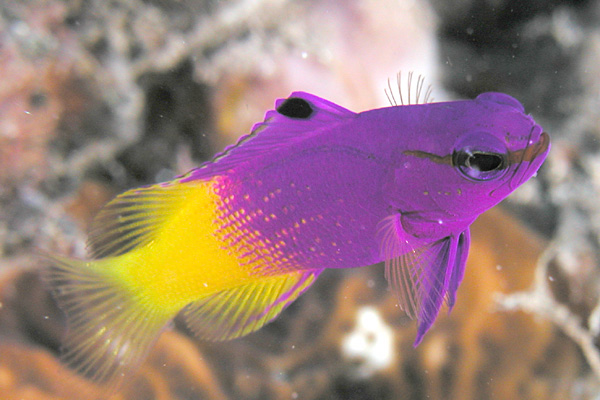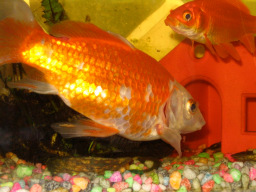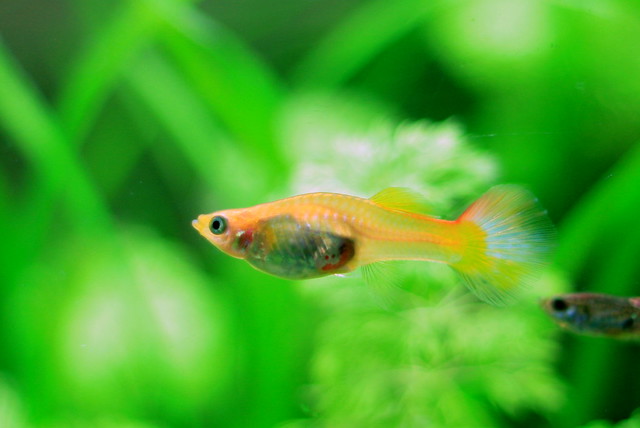 |
| Molly (Photo credit: Wikipedia) |
The Molly is actually more than one species. This fact sheet is an attempt to give information common to most of the ones frequently kept in aquariums. One of the most popular species of Molly is the Sailfin Molly, Poecilia latipinna. Another common Molly is Poecilia sphenops. The Molly is in the same genus as the Guppy, Poecilia reticulata. The Molly tends to be bigger than the Guppy. Mollies normally grow to about 4 inches (10cm), but under very good conditions will grow bigger than this. Mollies in the Brisbane River are reported to reach 7 Inches (18cm).
Water Conditions
The Molly is a salt loving tropical fish. They do not do well in water that is too pure in the sense that it is lacking in salt. The Molly will even live in sea water, and is sometimes added to marine aquariums. A suitable temperature is 24 degrees C (75 degrees F). They prefer alkaline water, and like plenty of hardness.
Food
The Molly is an omnivore with a preference for vegetable matter. They will relish live food like daphnia and mosquito larvae like most fish, but also eat soft algae. A normal fish food is suitable, and some people like to supplement this with algae wafers or spirulina flakes.
Companions
The Molly can be kept as a community fish as long as you choose suitable companions. Mollies are a little bigger than many of the small fish often kept together. While I have kept Mollies with Neon Tetras they are not ideal companions. This is not so much the size difference as the different water preferences. Mollies are generally peaceful fish, but I would avoid putting them with Siamese FightingFish. I know of one case where two male Mollies were kept with a male Siamese Fighting Fish and attempted to mate with it. Eventually the Mollies harried the poor fighting fish to death.
Some suitable companions for Mollies are Glass Bloodfin Tetras, Emperor Tetras, Black Widow Tetras, Peppered Catfish, Swordtails and Platies.
Pest Fish
Any fish released or that gets away and gets into natural waterways is a potential hazard to the native fish of the habitat. In some parts of Queensland Mollies are becoming a problem. In Queensland, Mollies can legally be kept in aquariums, but not in situations where they can get into natural waterways.
Article Source: EzineArticles
|









